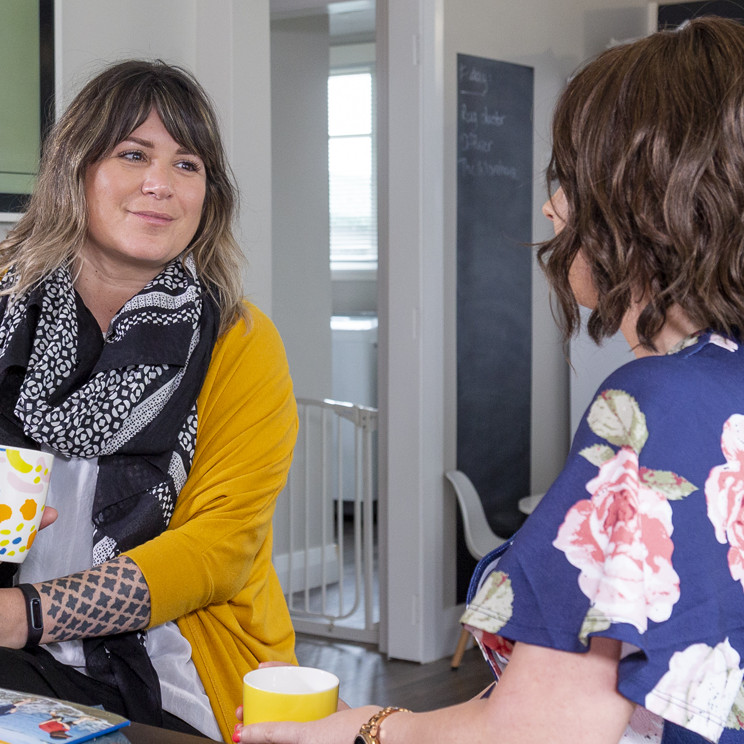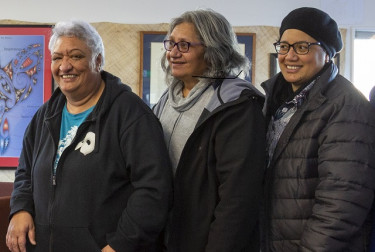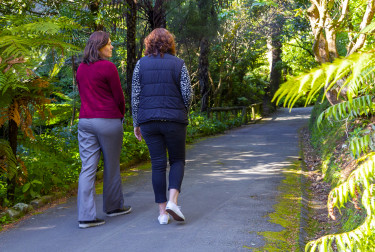Be breast aware and know what to do about finding breast cancer early.
The best thing you can do for your breast health is to be breast aware. Its important for women of all ages, even if you are having regular mammograms.
How to be breast aware:
- Get to know the normal look and feel of your breasts as a part of everyday activities like showering and dressing. Know what is normal for you.
- Visit your doctor if you notice anything that looks and feels unusual for you.
- Have your free breast screen mammogram every two years aged 45-69 years.
Everyone’s breasts are different. Become familiar with how yours look and feel. Everyone will have their own way of checking; you don’t have to use a special technique. But make sure to look and feel your whole breasts, right up to your collarbone (upper chest) and armpits.
Changes to look and feel for
If you notice anything that looks or feels different, get it checked by your doctor. Changes may include:
- new lump, swelling or thickened area in the breast, upper chest or armpit.
- change to your breast shape or size
- change to the nipple, such as crusting, sores, an ulcer, redness or pulled in
- fluid/liquid from either nipple
- changes to breast skin such as dimpling or redness
- unusual pain in the breast or armpit that won’t go away.
Keep in mind that breast changes are very common, and most are not cancer. See your doctor to be sure. Finding breast cancer early means that there are more treatment options and treatment is more likely to be successful.
Who should regularly check their breasts
- Women of all ages
- Transgender men or nonbinary people assigned female at birth (who have not had an operation to remove the breasts).
- Men - breast cancer is uncommon in men, but it’s just as important for men who find a change in their breast to see their doctor.



What if I am at a higher risk of developing breast cancer?
A woman can develop breast cancer at any age, regardless of her level of risk. But if you have a strong family history of breast cancer or inherited changes in your BRAC1 or BRAC2 genes, you may have a higher risk of getting breast or ovarian cancer. Please discuss your family history with your doctor as you may be advised to have tests and investigations starting from a younger age.
About 5 to 10% of breast cancer cases are believed to be hereditary (where abnormal genetic material is passed from parent to child). Most women who develop breast cancer do not have a family history of this disease. The main risk factors for breast cancer are being a woman and getting older (most breast cancers are found in woman who are 50 years and older). This is why it’s so important for all women to be breast aware.
For more information on risk factors see https://www.breastcancerfoundation.org.nz/breast-awareness/risk-factors
My Breast Aware story - Aimee
I was 39 when I found a lump in my right breast doing my regular check. My doctor referred me to a breast specialist and tests found I had breast cancer that had already spread to my lymph nodes.
Mammograms are not effective at detecting cancer in younger women’s breasts, which is why they are offered to women after they turn 45. My first mammogram would have been 6 years later, by which time it may have been too late for successful treatment. Being breast aware meant my cancer was detected and I got the treatment I needed.
